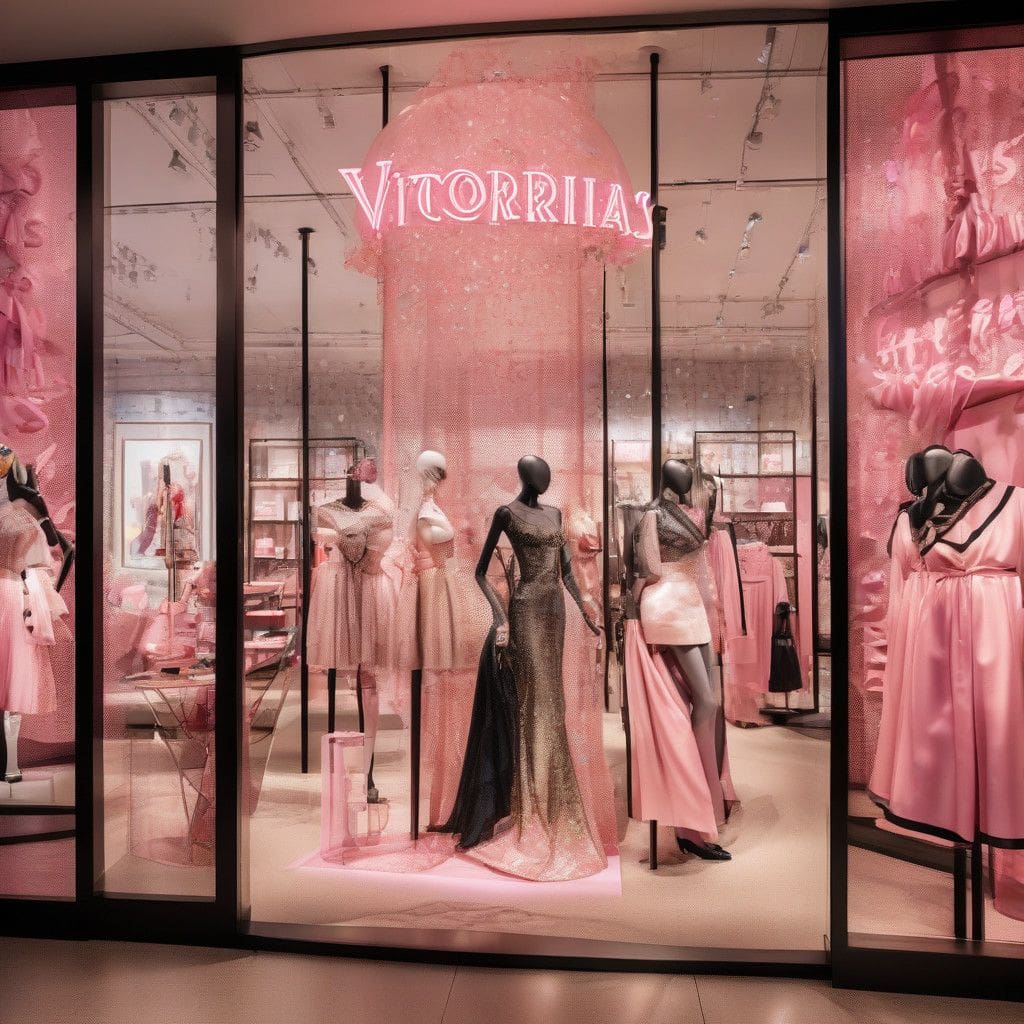Victoria’s Secret has made a significant comeback recently with the return of its annual fashion show, an event that had been on hiatus for six years. The highly anticipated show featured spectacular performances from artists like Blackpink’s Lisa and Cher, as well as a lineup of beloved supermodels who brought glamour and nostalgia back to the runway. This revival has sparked a whirlwind of discussions about the brand’s future and whether its past glories can be revived.
The response to the show has proven to be mostly positive, with Victoria’s Secret shares rising nearly 7 percent in the immediate aftermath, signaling a renewed investor confidence. Social media buzz about the event skyrocketed, with a staggering 5,000 percent increase in mentions compared to the month prior. Yet, it is essential to consider the more critical voices as well. Some observers noted that the event felt underwhelming relative to its lavish predecessors. Critics pointed to the pared-down sets and costumes, suggesting they lacked the magical flair that made past shows so memorable.
A focal point of media analysis has been the diversity displayed on the runway. Prominent figures in the fashion industry lauded the inclusion of plus-size models such as Ashley Graham and Paloma Elsesser, alongside trans models Alex Consani and Valentina Sampaio—marking a historic first for the iconic lingerie brand. The positive female-led production approach was also recognized as a forward-thinking initiative. However, the overall sentiment in the aftermath of the show indicates a struggle for the brand to find its footing in the current market, especially among younger and more diverse consumers.
Under the leadership of new CEO Hillary Super, who took the helm last month, the brand aims to regain relevance in the dynamics of the intimates market. This need for re-establishment arises from a decline in market share, with Victoria’s Secret pulling in $6.2 billion in net sales in 2023—a significant drop from $6.8 billion in 2021. The brand has been challenged by competitors like Skims and Aerie, which have successfully captured the modern customer’s sentiments around body positivity, inclusivity, and comfort—in stark contrast to Victoria’s Secret’s traditional branding.
Super’s strategy appears to pivot towards a multifaceted approach that capitalizes on customer feedback and seeks to enhance brand loyalty. Recent renovations of retail outlets and expansions into new markets outside North America signal an ambitious attempt at rejuvenation. An important aspect of her plan involves a focus on expanding their swim and activewear lines and revitalizing the Pink sub-brand. Investor sentiments from analysts suggest a cautiously optimistic outlook. BMO Capital Markets analyst Simeon Siegel noted that Super views significant opportunities for improving brand storytelling and expressing enthusiasm around Pink’s potential for growth.
The brand’s tumultuous history has been hard to shake off. Escalating controversies surrounding past management and their ties to high-profile scandals—including connections to Jeffrey Epstein—alongside patterns of exclusion and lack of representation, have haunted Victoria’s Secret for years. As they attempted to move past these issues by canceling the fashion show and diversifying their brand ambassadors, sales still suffered. The decline in sales was not only about a fading allure but illustrated a gradual loss of cultural relevance.
The resurgence of the fashion show seems to serve as a nostalgic nod to the brand’s previous successes but poses questions about its long-term viability. While some celebrate the return of the Angels and the fantasy they evoked, others argue that such an event reinforces outdated ideals of beauty rather than pushing forward into the new age of inclusivity and diversity. Many critics contend that the show celebrated a bygone era instead of offering a transformative vision for the future.
As critics note, “It’s a little sad,” capturing the essence of mixed sentiments surrounding the exhibit. While Victoria’s Secret is in the public eye again, the underlying question remains: will this return be enough to propel the brand into a robust era of growth amid shifting consumer attitudes and expectations? Capturing momentum in a competitive market will be crucial for the beleaguered lingerie giant as it navigates this landscape of evolving consumer demands.
The upcoming months are pivotal for Victoria’s Secret. Monitoring social responses and sales performance will be critical in evaluating whether its return to the catwalk can be sustained with genuine innovation rather than mere nostalgia. The brand’s future hinges on its ability to adapt—retaining its heritage while genuinely embracing a more inclusive and modern identity.












